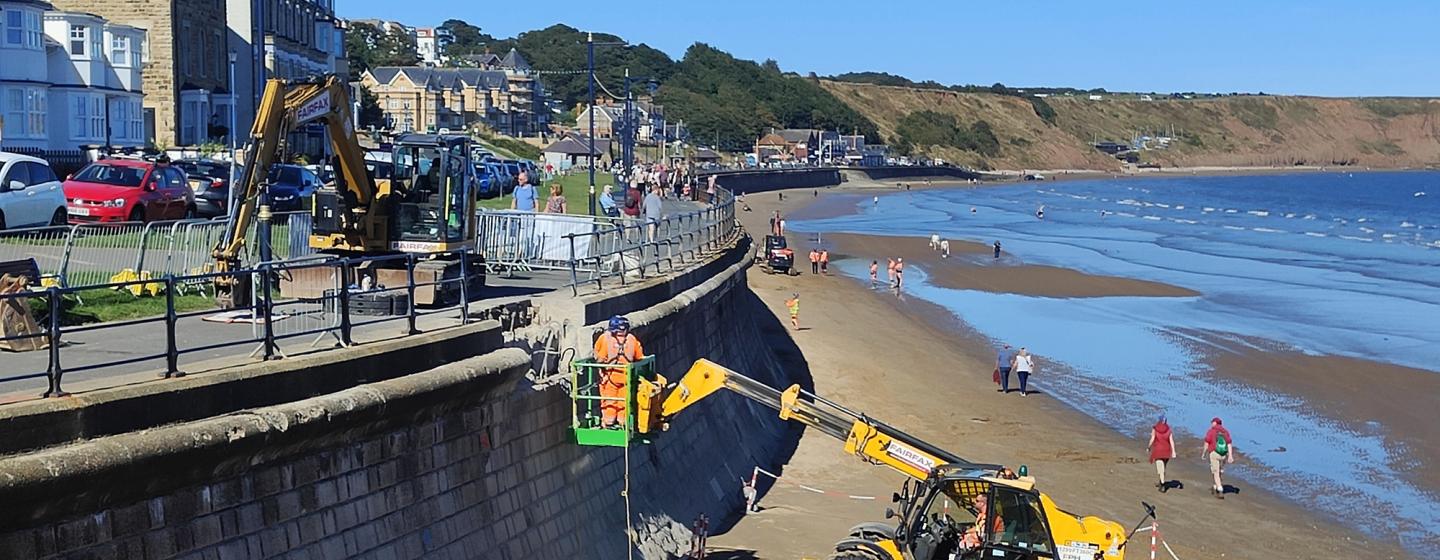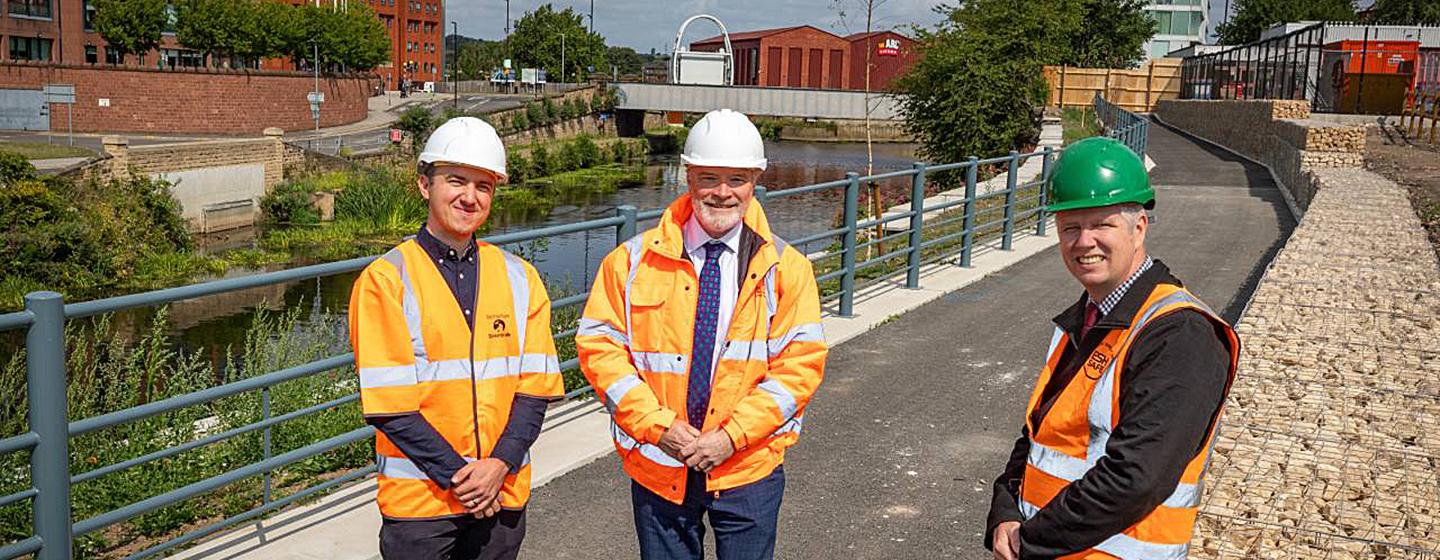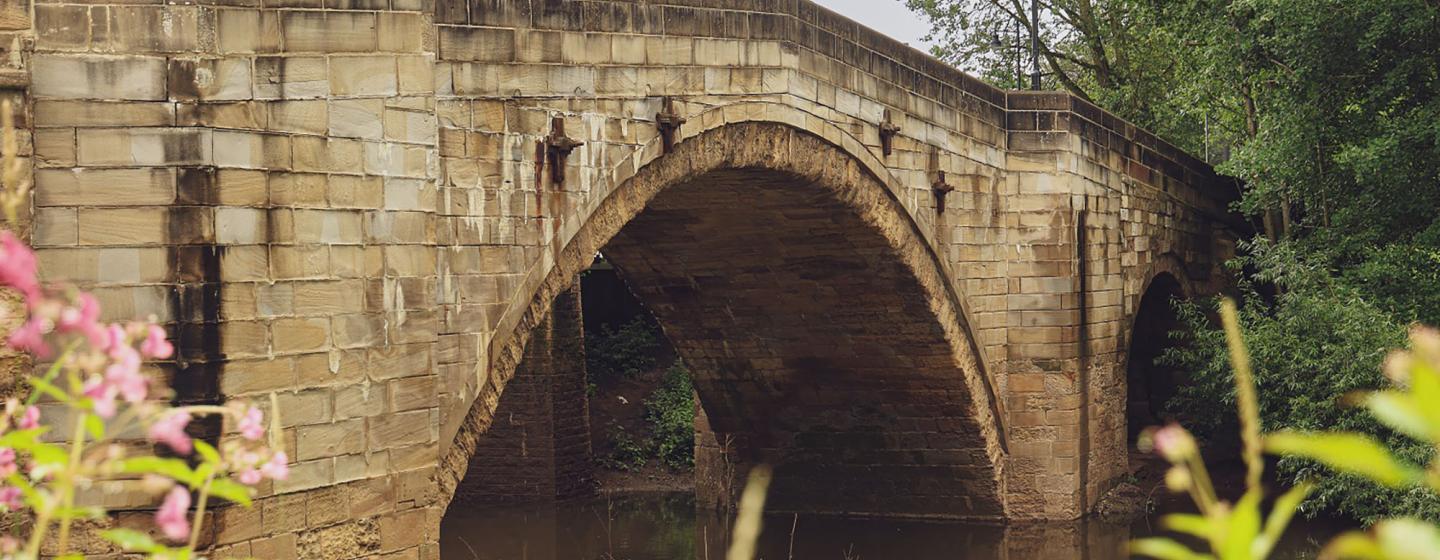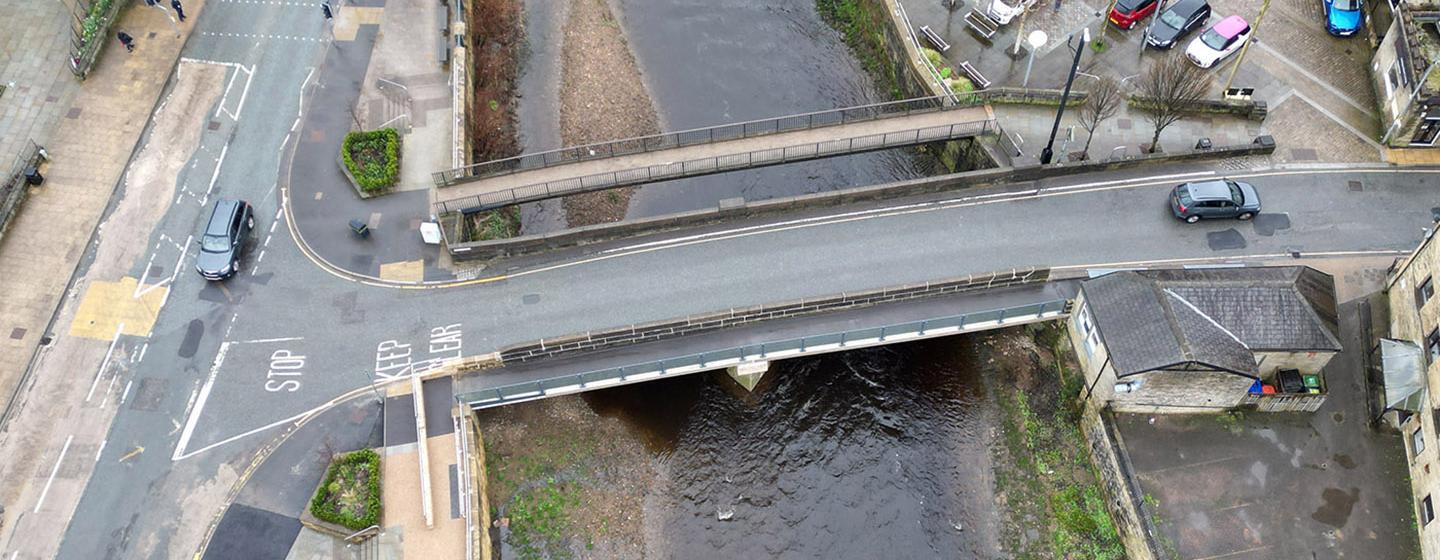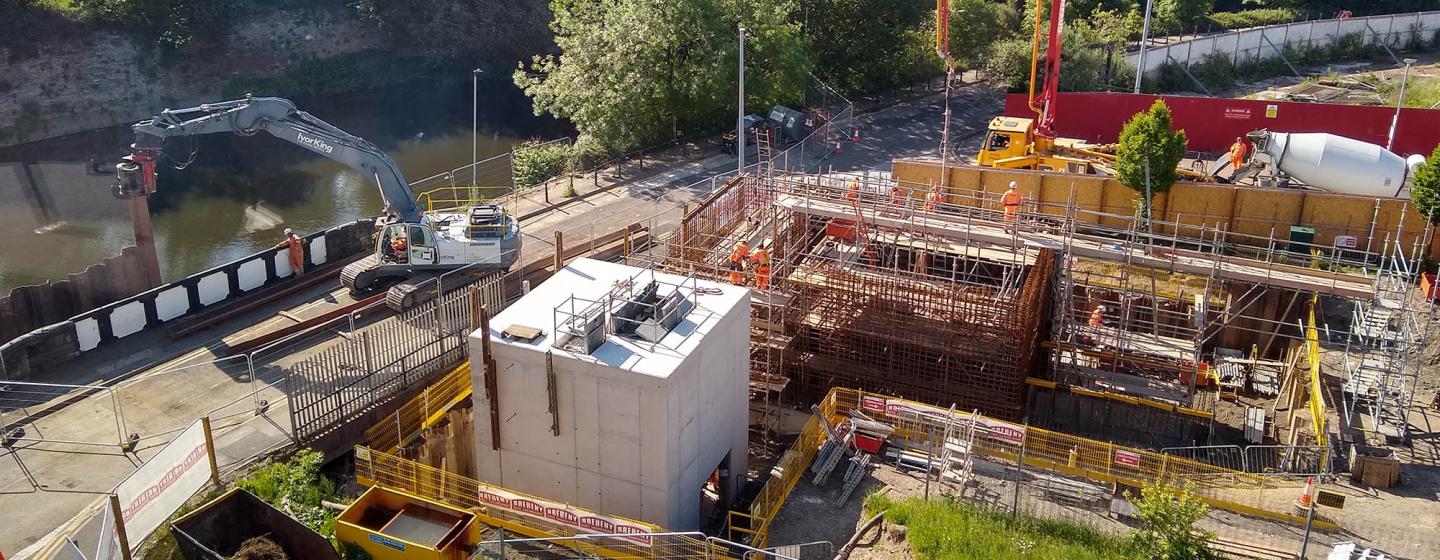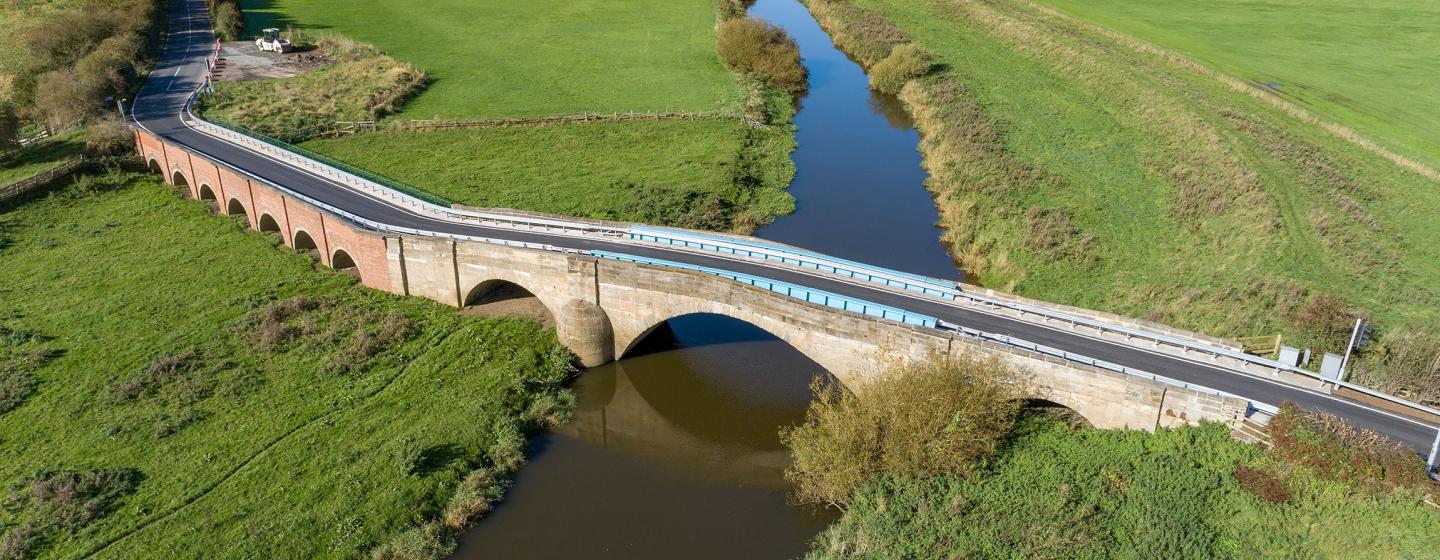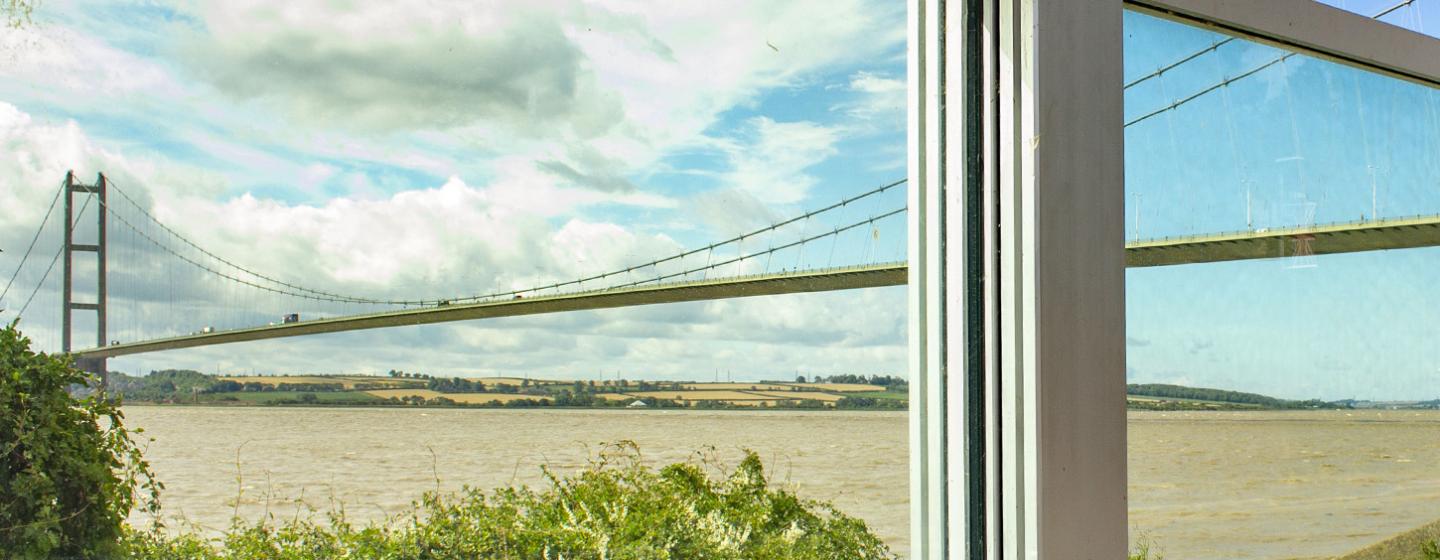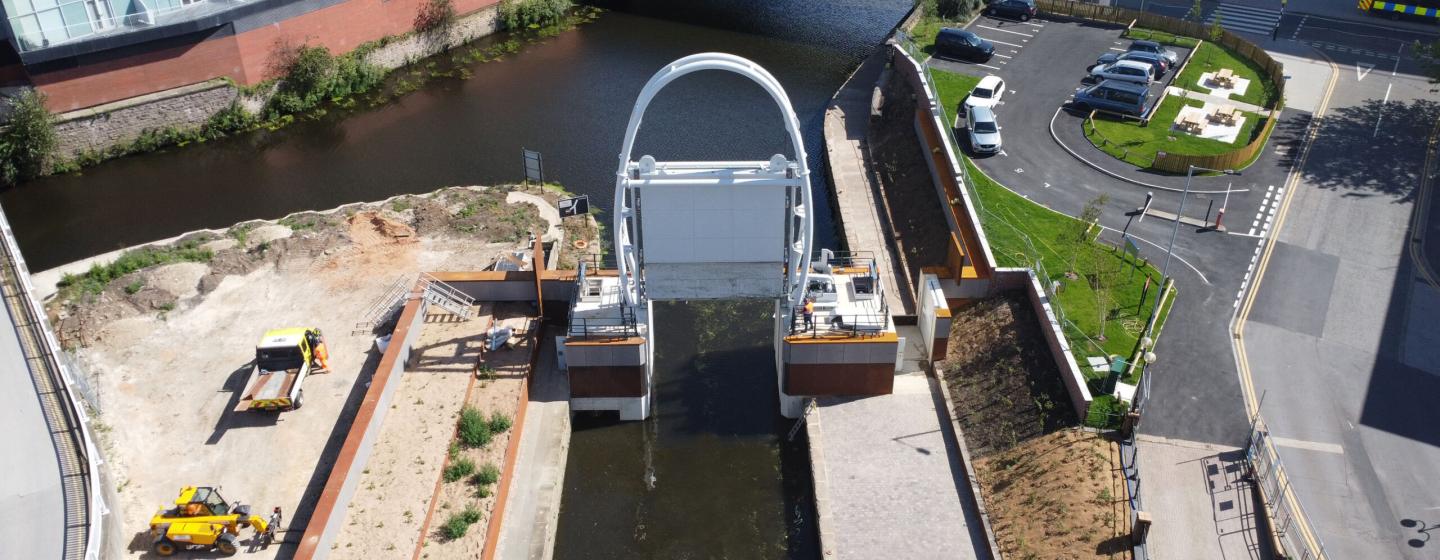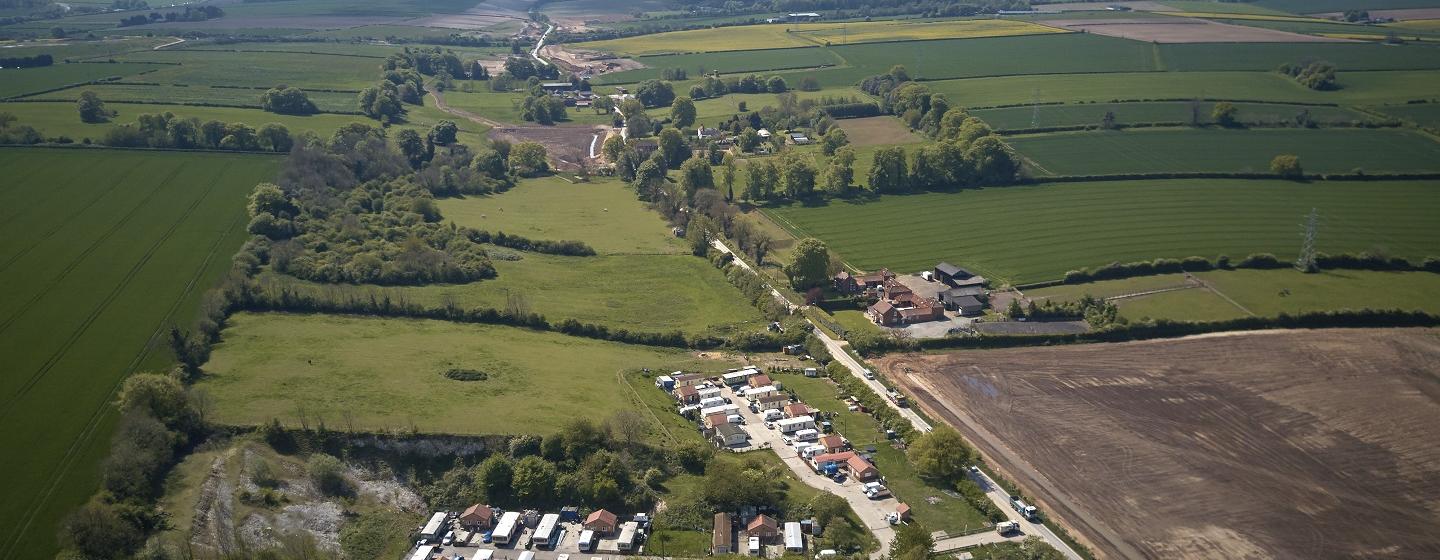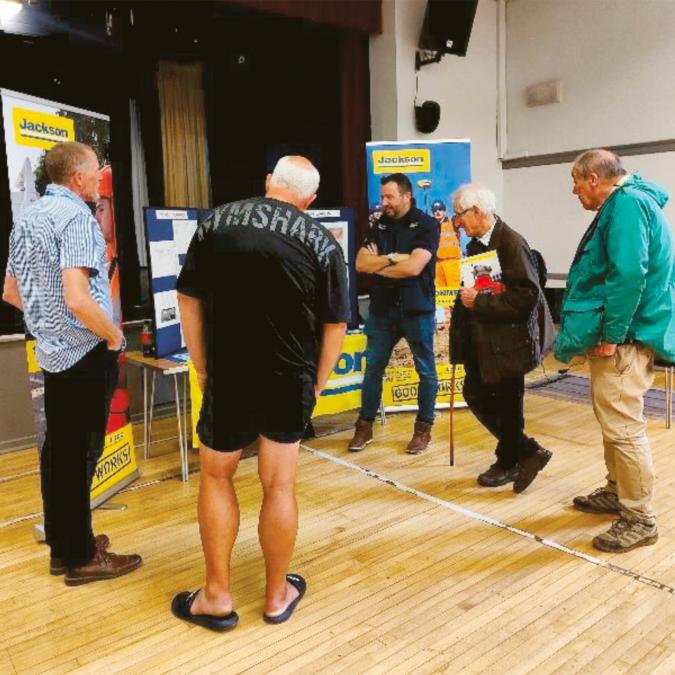
Public consultation
Just weeks after JCE was appointed as contractor, Project Manager Darren Blank delivered a technical briefing to Filey Town Council, outlining how the scheme would improve the seawall’s structural integrity, prevent outflanking at the Martins Ravine slipway, and address wear to the concrete blockwork. A public consultation followed in August 2024 at the Evron Centre where the project team, including Public Liaison Officer Phil Waines, met with local residents and businesses to explain the phased schedule and reassure them that works would begin outside peak season to reduce disruption.

YORconsult framework
The council appointed Haskoning through YORconsult to provide project management and site supervision services under NEC PSC, forming a critical part of the Filey Seawall refurbishment’s success. This ensured robust contract administration and technical oversight throughout the Early Contractor Involvement (ECI) phase and into construction. YORconsult was pivotal in enabling a seamless transition into the YORcivil2 contractor appointment, allowing the council to maintain programme momentum and design continuity.
The council's Principal Harbour Engineer, Martin Lloyd said:
'The dual-framework approach is a model we find essential for managing complex coastal infrastructure projects, where early engagement and integrated supervision are key to mitigating risk and delivering value.'
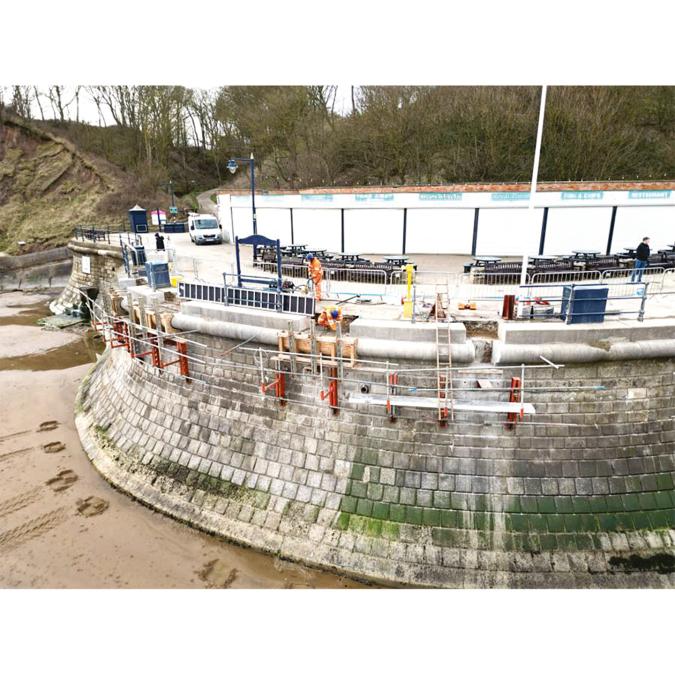
Live coastal environment
The repairs scheme was delivered within a complex, live coastal environment and required careful coordination between engineering activities, environmental constraints, and public access. Works were scheduled around tidal patterns and avoided peak tourist periods wherever possible. The construction methodology focused on the selective replacement and reinforcement of damaged seawall elements. 255 blocks were repaired or replaced, with wave return units and coping blocks cast in situ using high-durability concrete. Reinforcement included stainless steel and basalt bars, for corrosion resistance and long-term performance in a marine environment. At the southern outflanking area, the team installed a new sheet-piled retaining wall with a concrete capping beam and reused original rock armour.
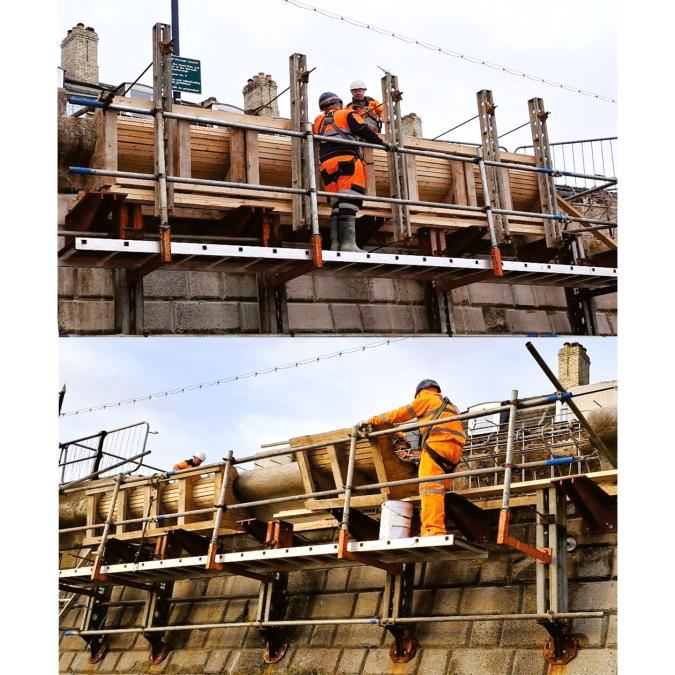
Cast coping blocks
A key feature of the Filey Seawall works was the use of bespoke timber shutters to cast the curved wave return coping blocks. These had to be precise, reusable, and strong enough to withstand tidal conditions during curing. Stuart Caldwell of Scarborough-based BBC Formwork hand-built each shutter on site, matching three different block profiles using rough sawn timber and fine-faced ply, treated with wax for durability and easy release. Each shutter was reinforced with aluminium Strongbacks and DYWIDAG fixings, aligned exactly to the adjacent blocks. This method ensured the new coping stones fitted seamlessly with the existing seawall, preserving both function and appearance.

Social value
As part of JCE’s commitment under the YORcivil2 framework, the team prioritised educational outreach and community benefit throughout the project, including delivering a three-day programme at Filey High School, with sessions on sustainable construction and industry careers, through the Speakers for Schools – Your Sustainable Future initiative.
A pilot workshop, created by Public Liaison Officer Phil Waines, was held at George Pindar School in Scarborough in collaboration with NYBEP and addressed gender stereotypes, environmental responsibility and human values in an AI-driven future. In April 2025, 70 Filey Junior School pupils took part in a picture-based treasure hunt using photos provided by Filey’s museum archives, and enjoyed a tour of the project.
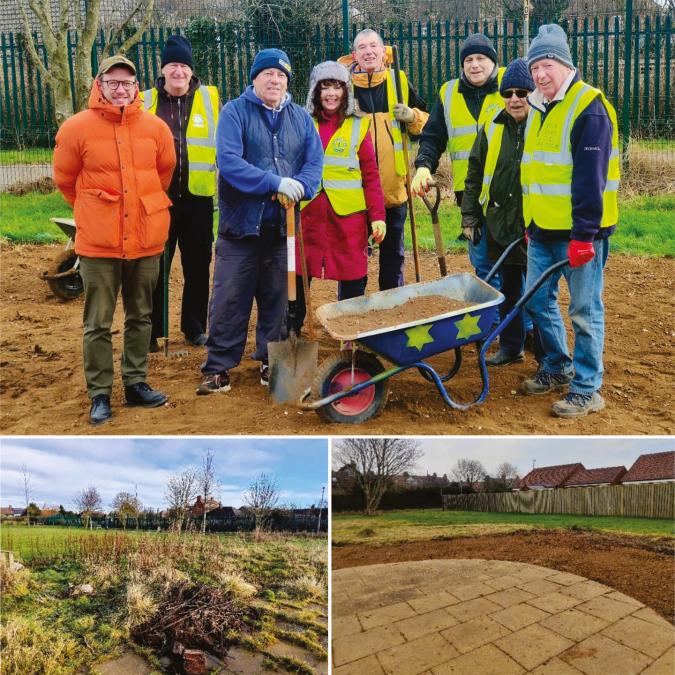
Filey infant school
During Easter, JCE volunteers worked with Filey Lions and supply chain partners to transform an overgrown meadow garden at Filey Infant School. The team cleared and reshaped the area to create a new outdoor play and storytelling space, all completed over half term, much to the delight of pupils and staff on their return.
Volunteers pictured with meadow before and after images.

Community ties
One week later, a number of pupils visited Filey Fields Residential Home, to share their creative work and enjoy time with residents.
The unique engagement here was the sharing of personal stories between generations, strengthening community ties and to create meaningful, long-lasting social value in the community.

Environmental considerations
In this sensitive marine environment, the team worked closely with the Environment Agency to protect local habitats and carefully scheduled works to minimise ecological disruption. Waste was actively reduced through reuse techniques, including small-batch concrete production and concrete washout water recycling, enabled by on-site batching aligned with tidal conditions. This saved an estimated 25 tonnes of embodied CO₂ and cut out over 2.4 tonnes of vehicle emissions.
Carbon reduction measures included using biodiesel and electric equipment, Basalt reinforcement in the seawall blocks, alongside a net zero commitment extended to the supply chain. The project also cut single-use plastics by providing reusable metal water bottles and promoting sustainable practices in welfare facilities.
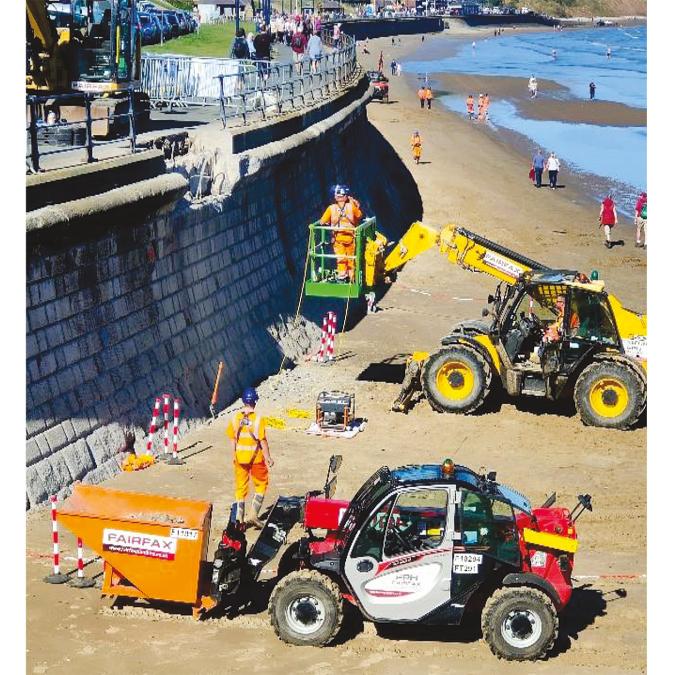
Health and safety
Health and safety management was a core element throughout the project. The team addressed risks associated with tidal working, working at height, dust, noise, and hand-arm vibration through robust site protocols, real-time HAV monitoring, and use of MEWPs and fixed-point harness systems. A UXO desktop study had identified a medium risk of unexploded ordnance; mitigation measures were put in place, including an emergency response plan and on-call EOD support. No ordnance was encountered during the works.
All residual risks, including the presence of historic wave return blocks with inconsistent reinforcement and the potential need for future access from the seaward side, were documented in the Health & Safety file and handed over to North Yorkshire Council upon project completion.

Industry recognition
The Filey Sea Wall project was delivered on time and on budget and the refurbished sections now provide stronger protection against coastal erosion, using durable materials like basalt and stainless steel to extend the wall’s lifespan.
The scheme also received industry recognition, earning an Outstanding score from the Considerate Constructors Scheme and a Highly Commended certificate in the Regeneration and Conservation category at the Constructing Excellence Awards in July 2025.


